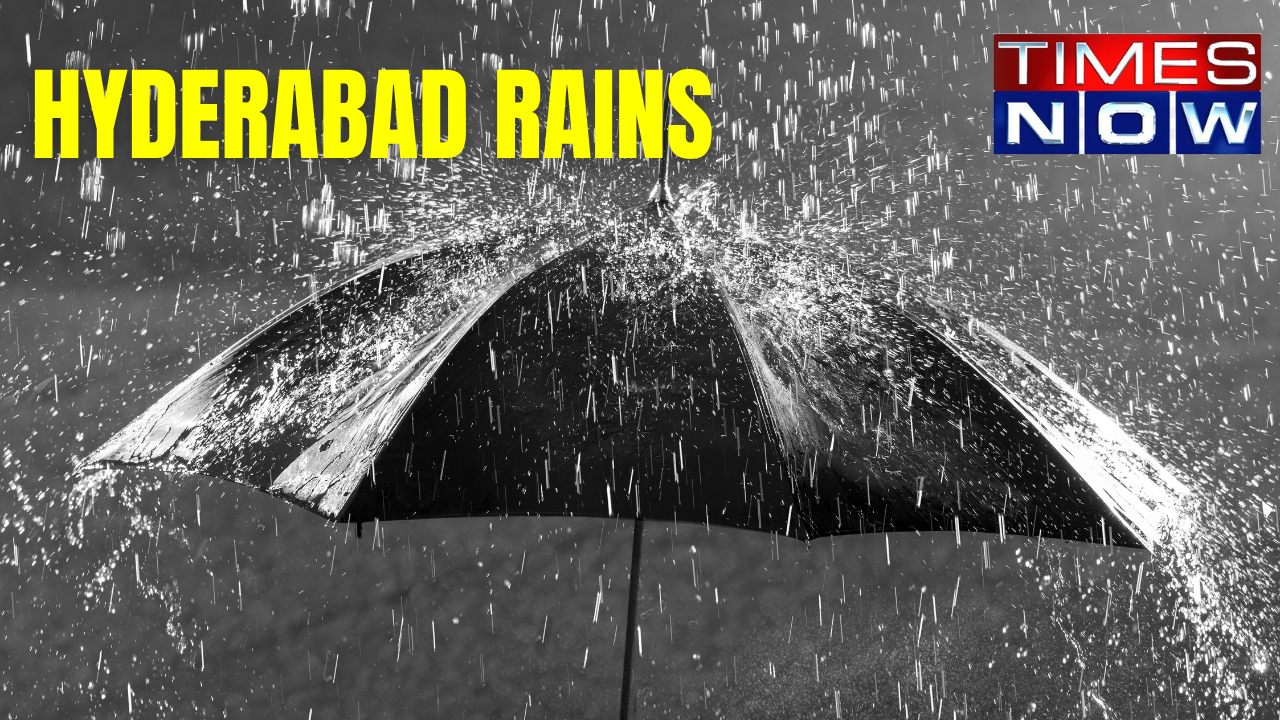
Hyderabad: In the early hours of Thursday, Hyderabad experienced rainfall across various areas. The India Meteorological Department forecasts a generally cloudy sky with one or two spells of rain or thundershowers throughout the day. Temperatures are expected to range between a maximum of 27 degrees Celsius and a minimum of 23 degrees Celsius. Residents should anticipate continued damp conditions and remain prepared for potential disruptions.
Hyderabad's 7-Day Forecast
In the coming days, Hyderabad will continue to experience predominantly cloudy skies with varying weather conditions. On September 6, the city is expected to see a generally cloudy sky with a few spells of rain or thundershowers. Temperatures will range from a minimum of 23 degrees Celsius to a maximum of 26 degrees Celsius.
On September 7, the weather will remain largely cloudy with one or two spells of rain or thundershowers. The temperature will range between 24 degrees Celsius and 27 degrees Celsius. The following day, September 8, will bring similar conditions with generally cloudy skies and light rain or drizzle, with temperatures fluctuating between 23 degrees Celsius and 28 degrees Celsius.
September 9 will see a chance of rain or thundershowers, with temperatures reaching a maximum of 29 degrees Celsius and a minimum of 23 degrees Celsius. Finally, on September 10, the weather will continue to be generally cloudy with a possibility of rain or thunderstorms. Temperatures are expected to range from a minimum of 24 degrees Celsius to a maximum of 30 degrees Celsius. Residents should stay prepared for ongoing damp conditions and potential disruptions throughout the week.
Lake Level
Despite 31 out of 33 districts in the state receiving ‘excess’ or ‘large excess’ rainfall this monsoon, the situation with water bodies is not as uniformly positive as it might seem. While some lakes and irrigation tanks have filled up and even caused flooding in villages in recent days, the overall distribution of rain has been uneven. Currently, only a little over 65 per cent of the state’s 34,716 irrigation tanks are filled or overflowing, leaving the remaining tanks still significantly below their full capacity.

